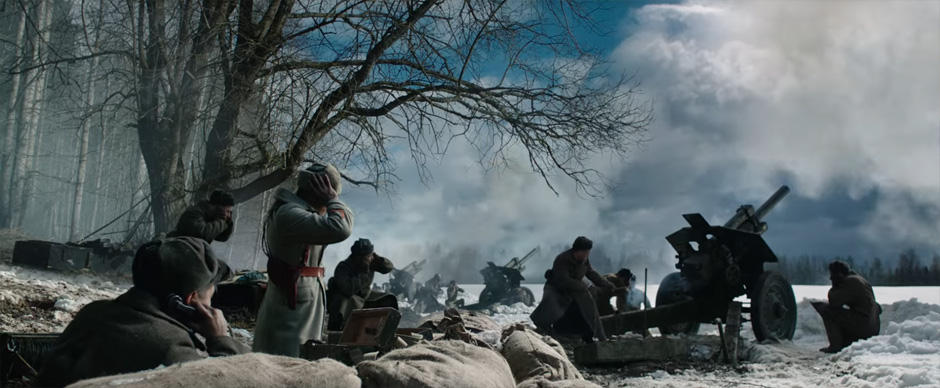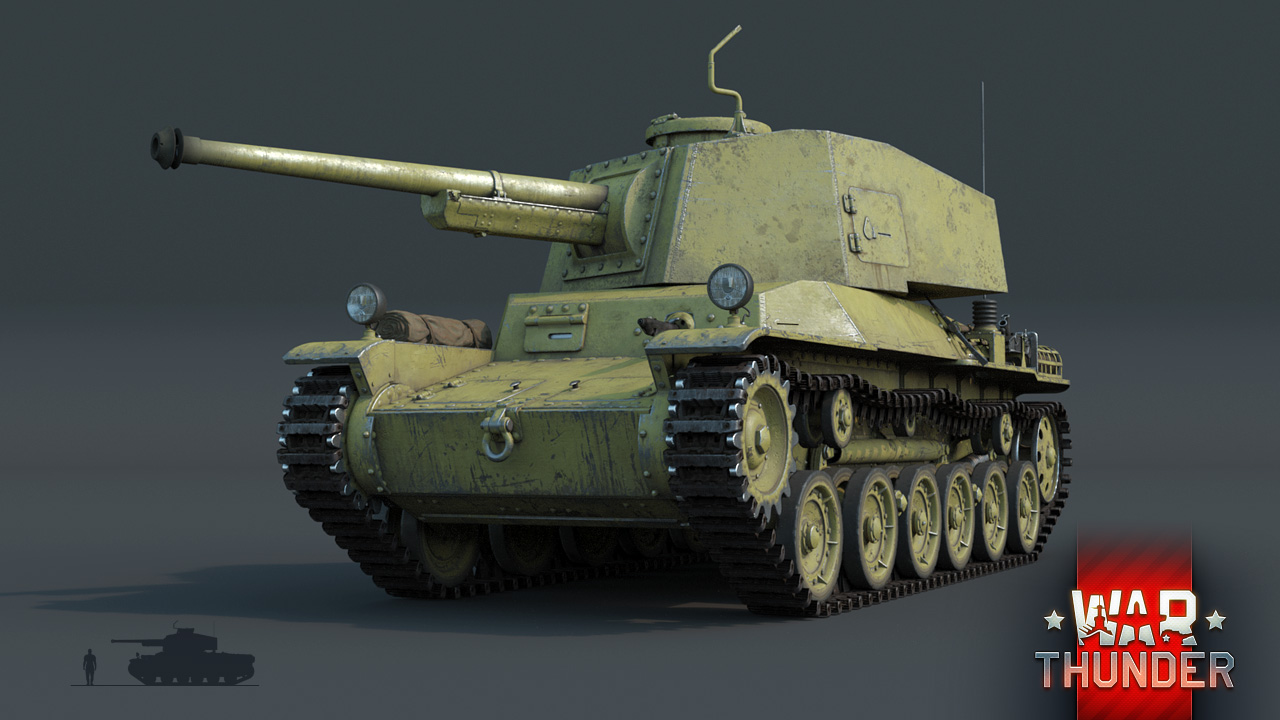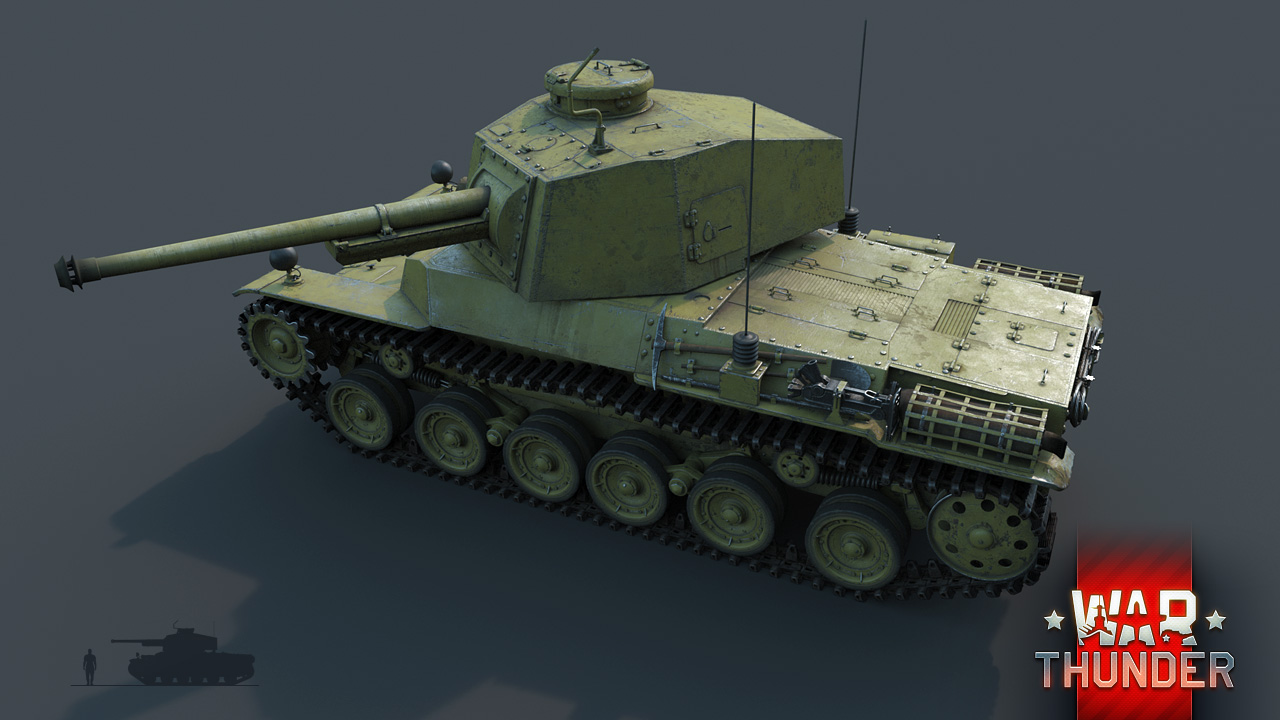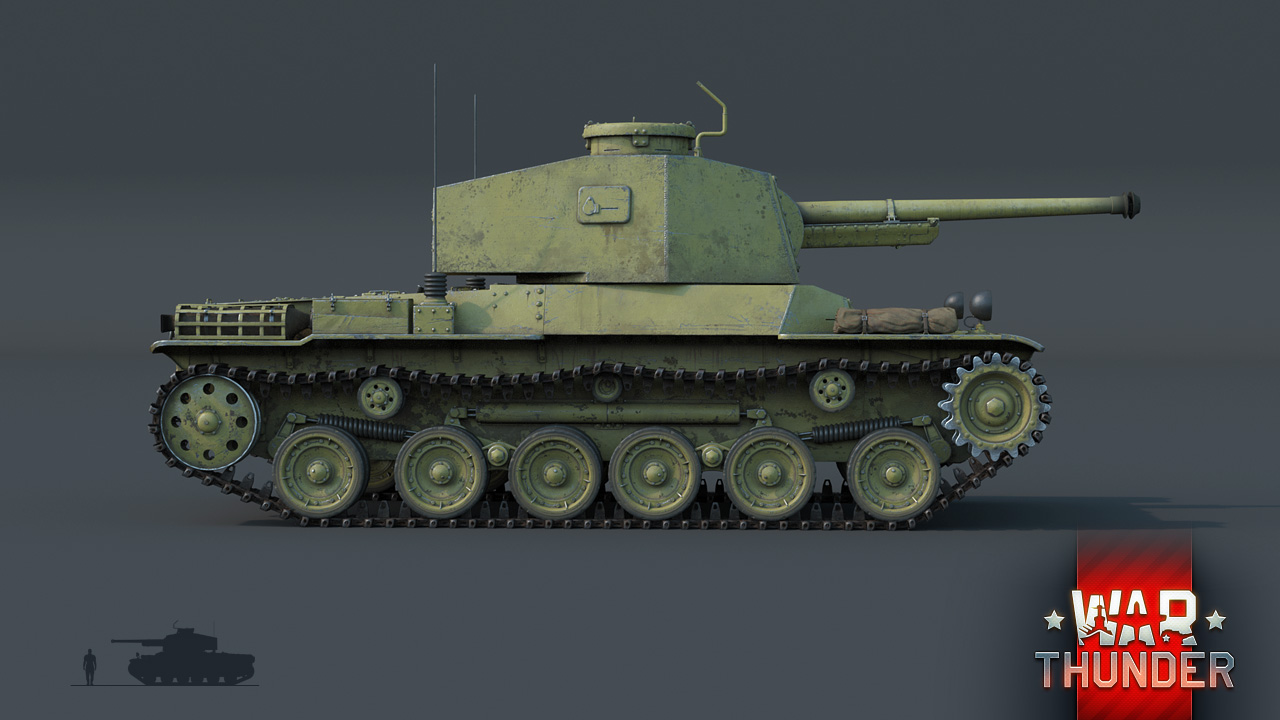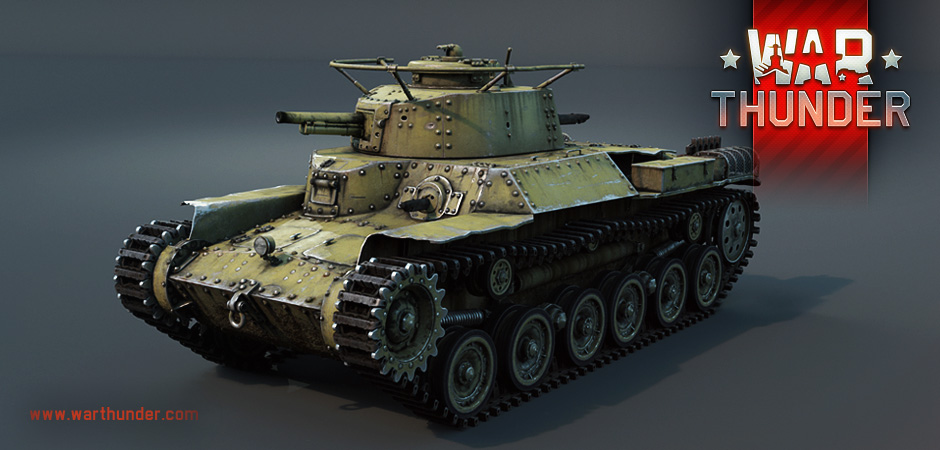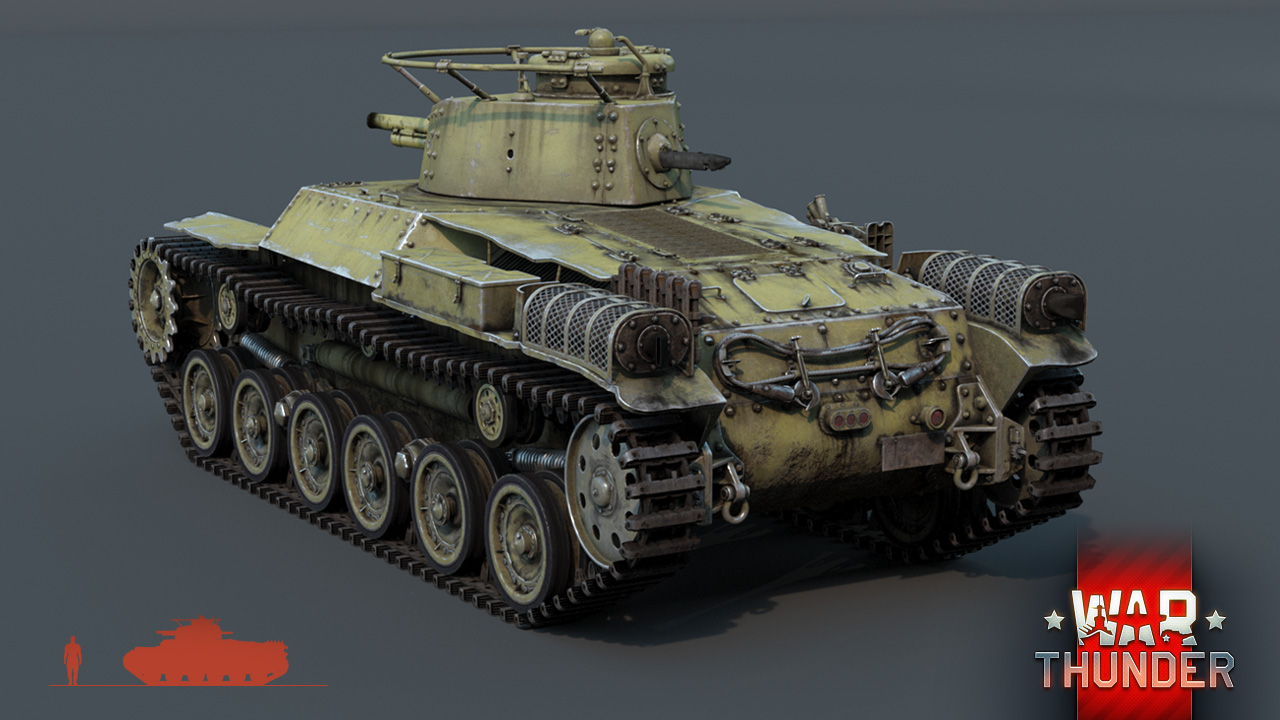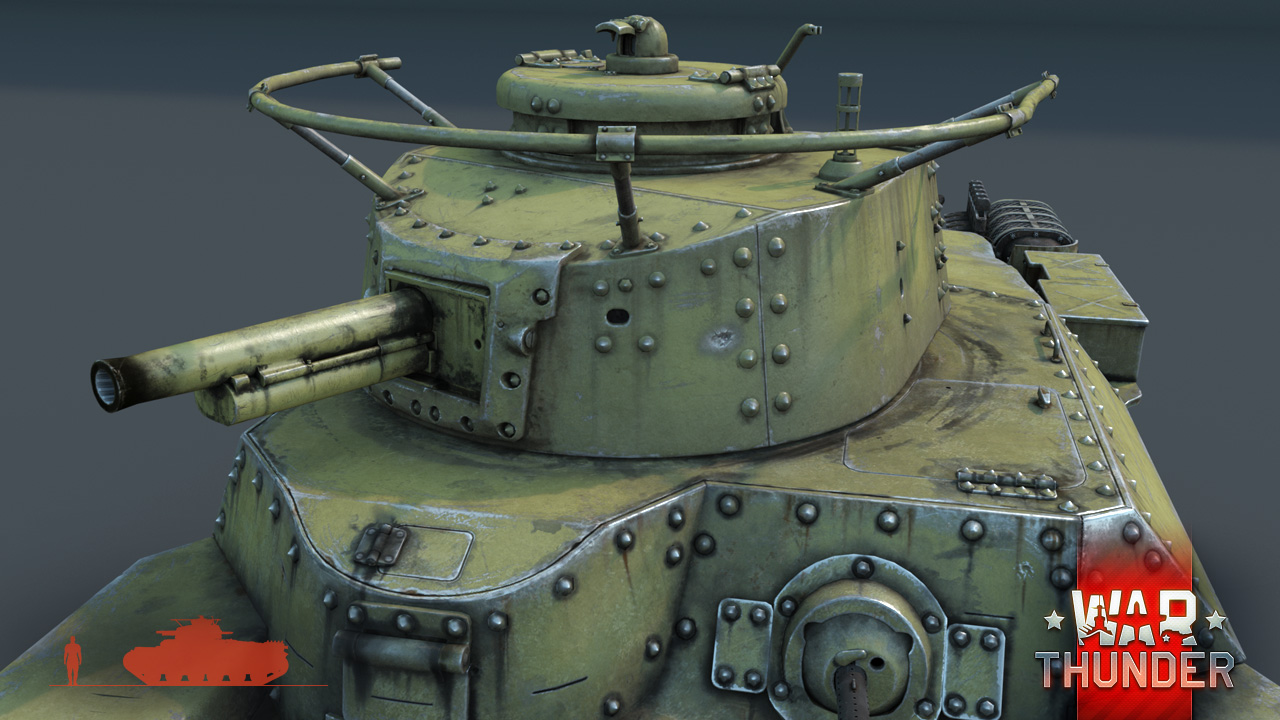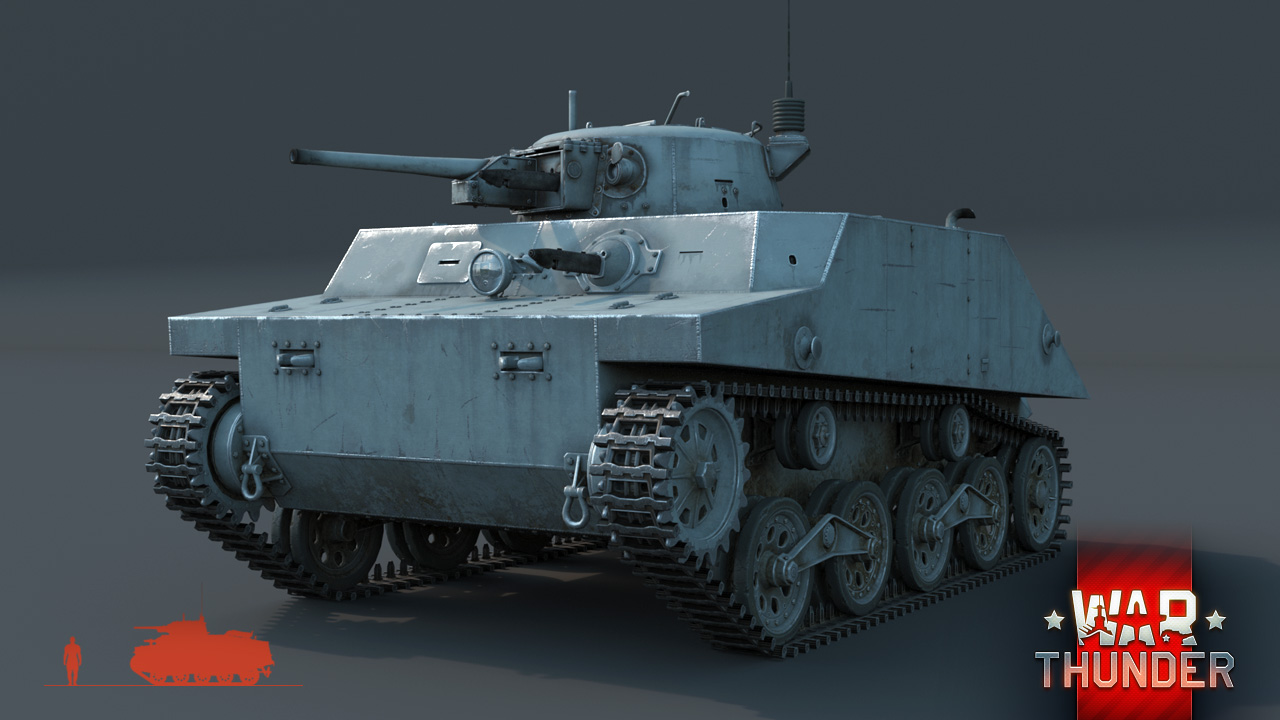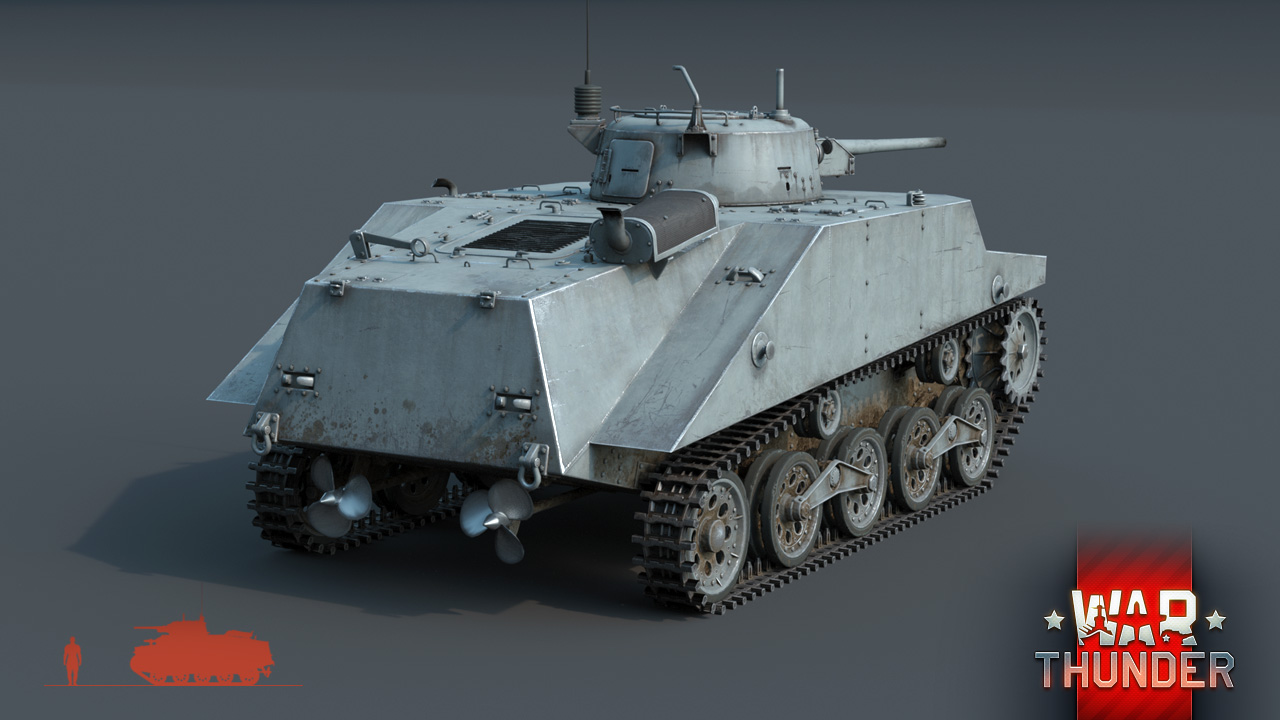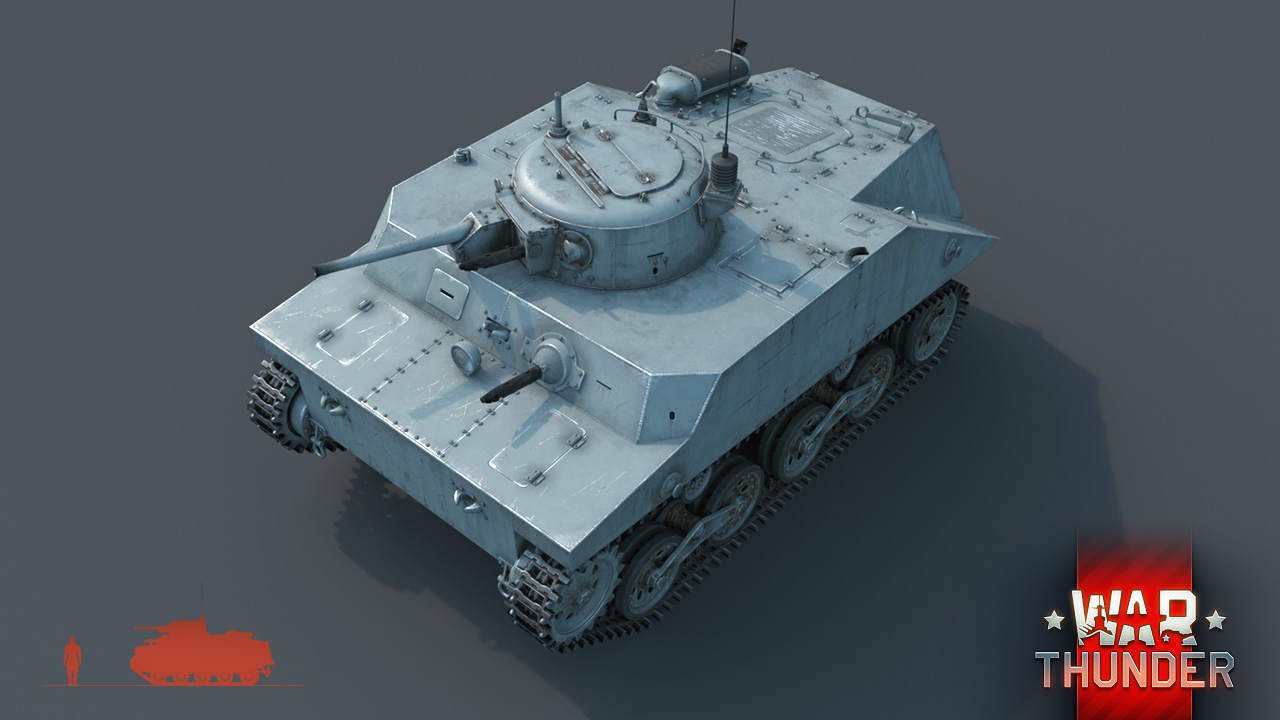
Nov 18, 2016
War Thunder - TheShaolinMonk
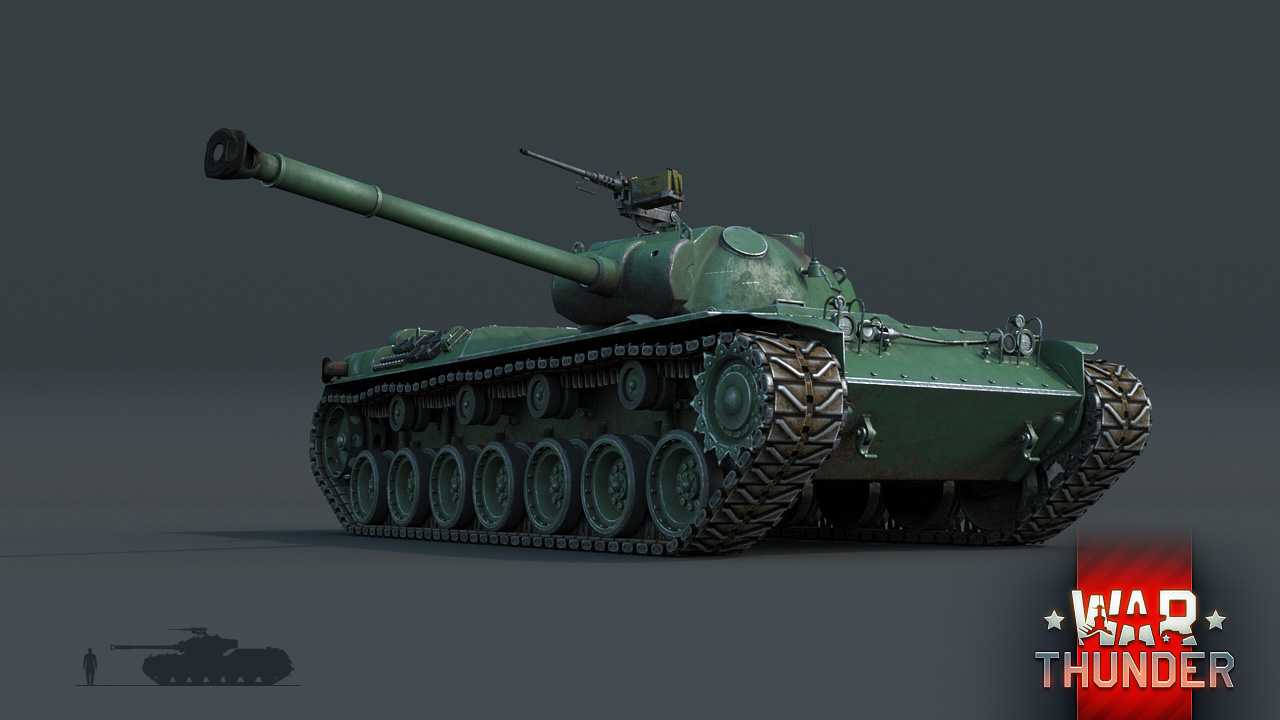
After Japan's unconditional surrender at the end of World War 2, the shattered empire had been deprived of the opportunity of developing their own armoured vehicles. Here today we will show you the prototype Japanese ST-A1 medium tank, which initiated the history of post war Japanese tanks.
Once Japan acknowledged defeat in World War II, its military institutions had to be reformed with new systems and production methods. The country was prohibited from having an official military, and was instead permitted to create a paramilitary national police force. During this time they used American tanks lent to them by the US. Later, as the Korean war intensified, the United States allowed Japan to have its own defense force in the face of increased tensions. By the mid 50’s, it became clear that the Self-Defense Force required their own tank development to fit the terrain of the country. New lightweight Japanese tanks were planned to be compact and maneuverable, making them able to be transported cross-country through mountainous terrain. The vehicles borrowed from the main armament of the American 90mm caliber gun, familiar and favoured by War Thunder players as the main armament of the American M46 and M47 tanks.
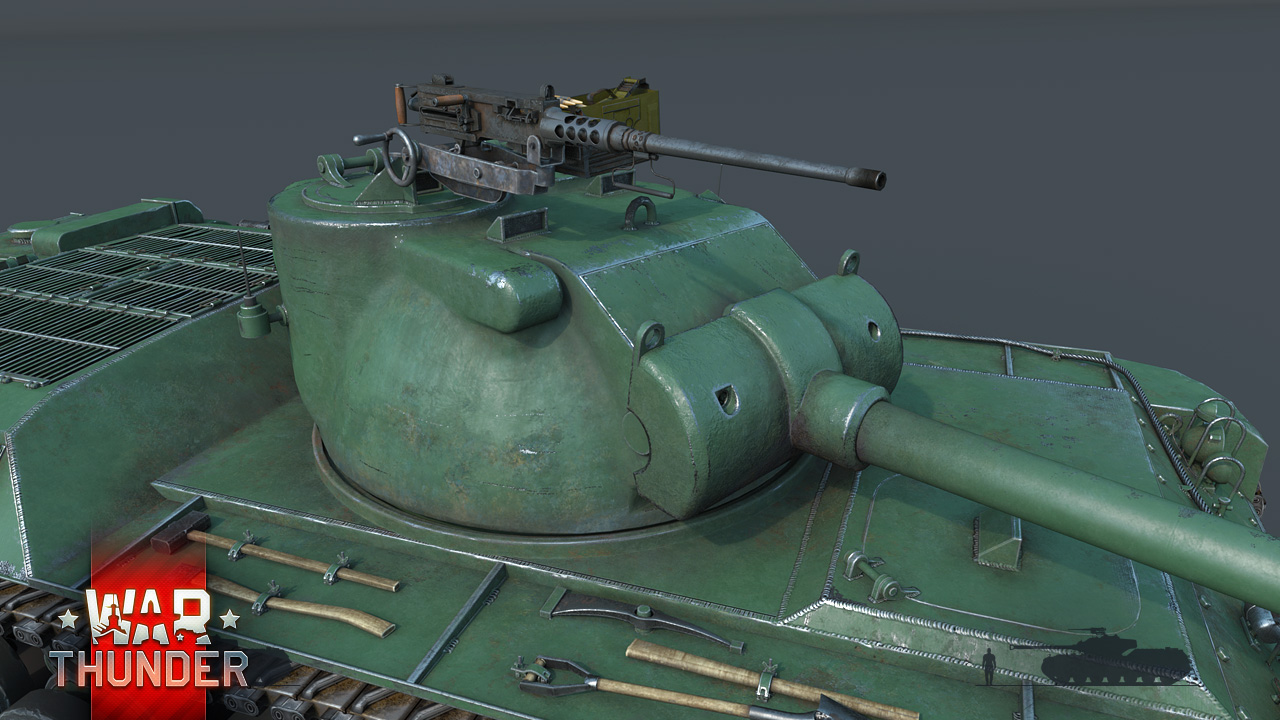
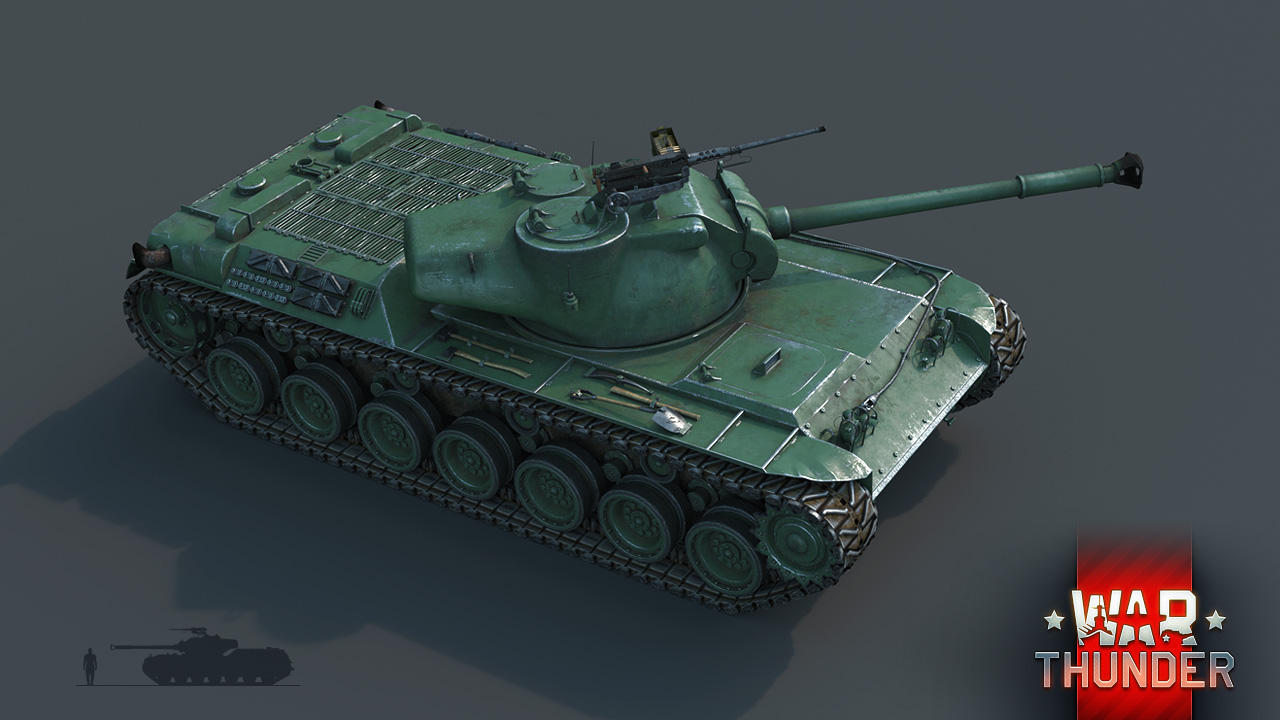
To fulfill the military’s requirements, tank designers offered several promising projects, the first of which was the ST-A1. The tank ended up quite compact, with a height of only 2.2 meters. This allowed it to have excellent cover abilities, with a cast turret and traditional Japanese tank layout: the engine installed behind the transmission. Two finished vehicles of this model were built. Despite the fact that the ST-A1 series did not continue, it was a starting point for the future of Japanese tank development.
Read the full Dev Blog here!




